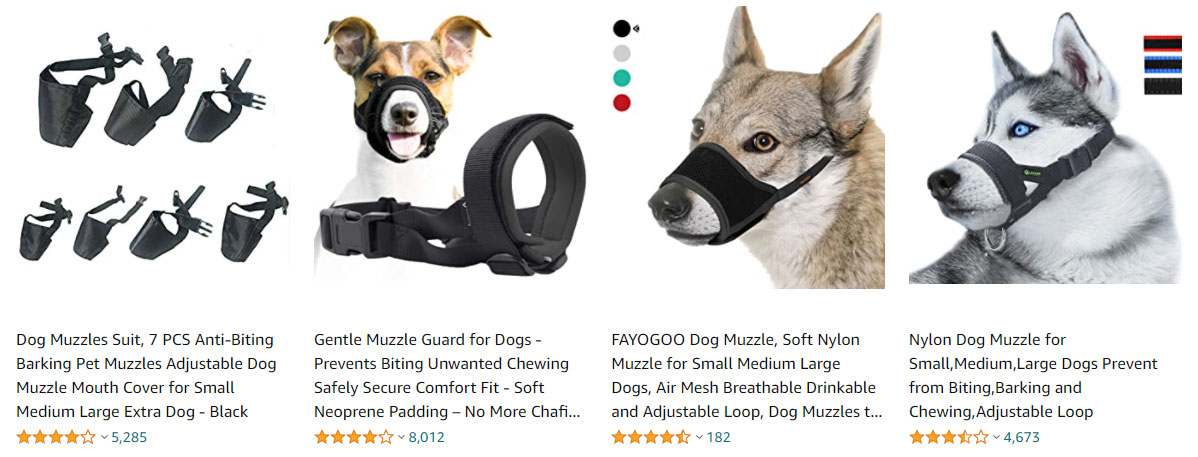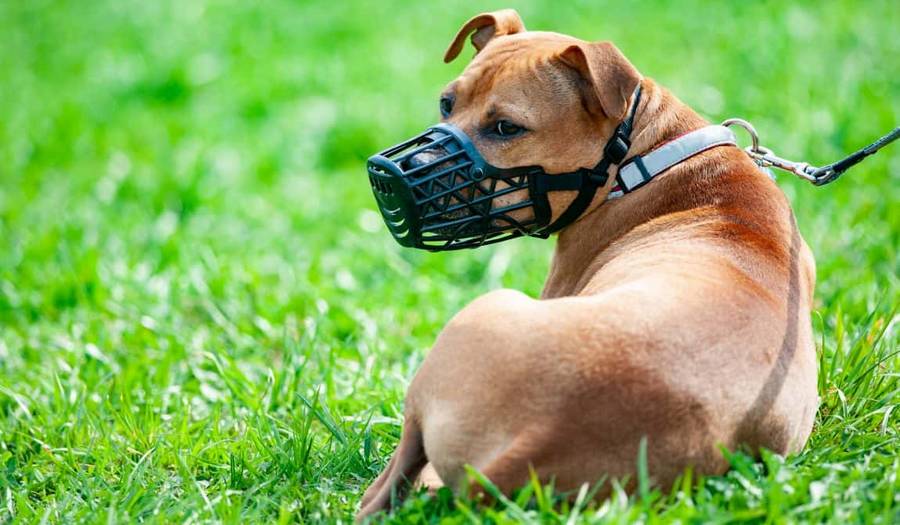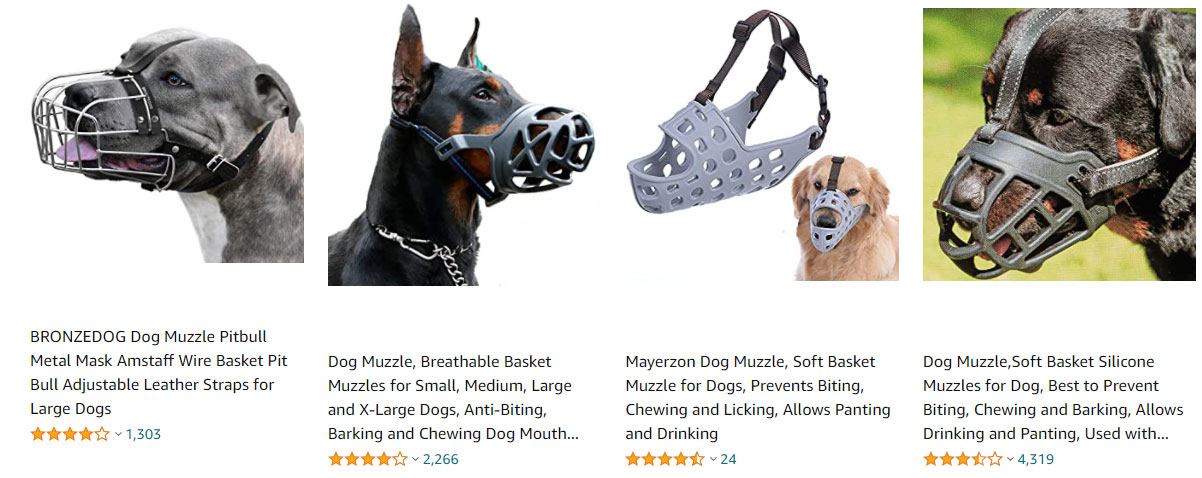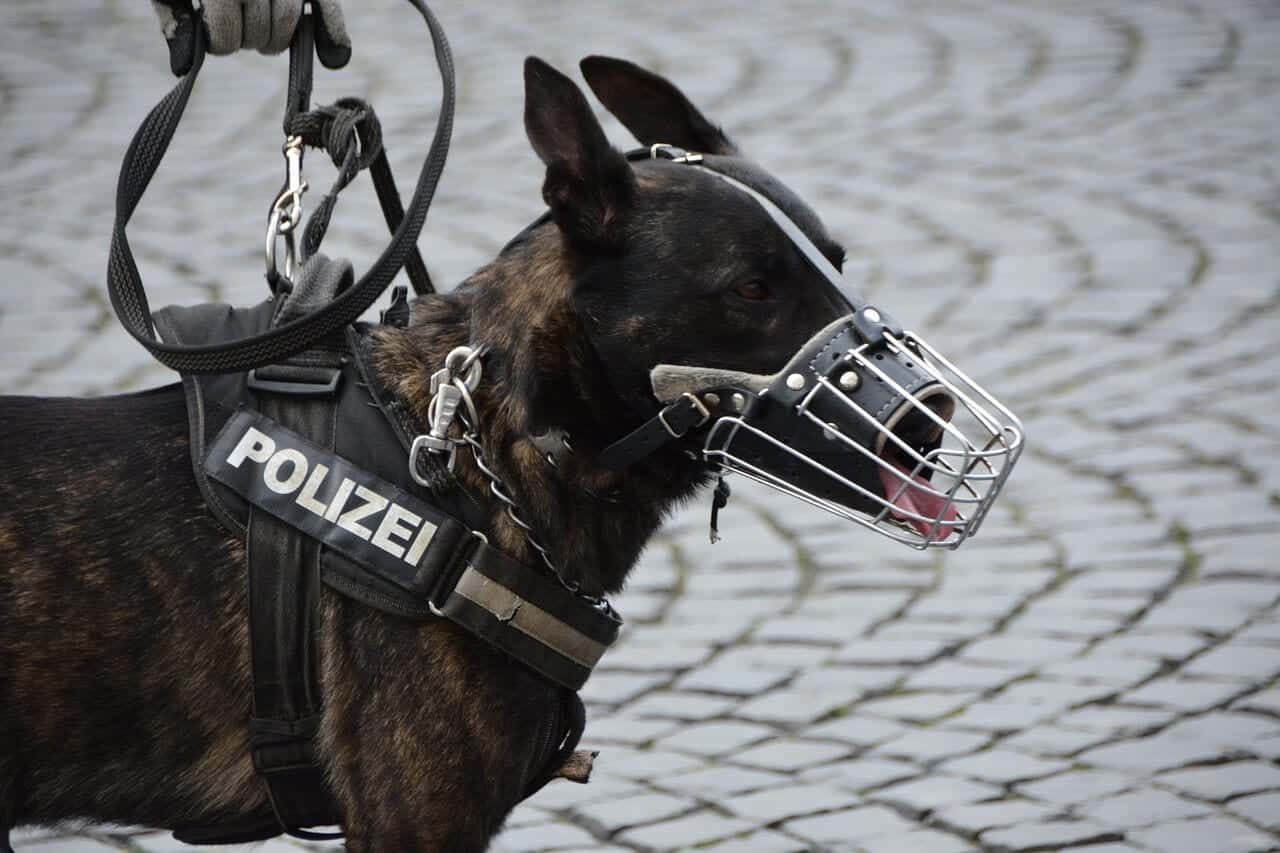How to choose muzzle for dog
Despite their education, some dogs remain aggressive or unpredictable, and can pose a risk to their owners or their surroundings that can only be avoided by wearing a muzzle. Others, such as categorized 1 and 2 dogs, simply suffer from a bad reputation and are required by law to wear a muzzle in public spaces.
For the owners of these unusual dogs, the choice of a good muzzle is particularly important to minimize their companion's discomfort and avoid any emotional and physical distress. Today, we offer you some advice on how to choose the right muzzle for your dog and how to make him accept this accessory gently.
What is a dog muzzle?
A muzzle is a restraint system designed to restrict a dog's jaw opening to prevent it from biting or opening its mouth. Some dogs are required by law to wear a muzzle when their owners walk them in public places.
This is the case for category 1 (attack dogs) and category 2 (guard and defense dogs). These categories include, among others, the popular American Staffordshire Terrier, Tosa and Mastiffs and Rottweilers.
Other animals also wear muzzles as part of their "professional" activities, to prevent them from biting each other or attacking humans. This is, for example, the case of racing sighthounds and certain dogs assigned to security missions (customs, surveillance, etc.).

Why buy a dog muzzle?
One of the first reasons why dog owners purchase a muzzle is to remain in compliance with the law when they own a category 1 or 2 dog. In the case of unpredictable or temperamental dogs, the muzzle is intended to avoid any risk of bites or attacks.
It is a solution that is sometimes necessary for dogs with unbalanced behavior that live in a family and are in contact with children who may disturb them. I would like to take this opportunity to remind you that the respect of safety rules is essential for the safety of all individuals in contact with a dog, regardless of the animal's character.
A dog, even if it is particularly gentle and patient, must not be disturbed when it eats or sleeps, and must not be put in uncomfortable situations from which it can only escape by attacking. This type of clumsiness on the part of the owners or their relatives sometimes leads them to consider their companion as dangerous or unpredictable, whereas aggressive behavior could easily have been avoided by spotting the signals of appeasement translating the animal's discomfort.
Some dogs may also be muzzled when brought into contact with other dogs, during sporting competitions - which may arouse their aggression - or simply for group walks if the animal has not been properly socialized. Others are muzzled to avoid swallowing everything they see on their way, at the risk of poisoning themselves or suffering from intestinal obstruction.
Finally, other dogs wear muzzles to the veterinarian's office to allow him to examine them without the risk of biting.
The different types of dog muzzles
There are two common types of dog muzzles: basket muzzles and nylon muzzles. At first glance, basket muzzles - often made of metal - seem more barbaric than nylon straps: a deceptive aspect in many ways!
Nylon muzzles, while more flexible and convenient to carry, have the disadvantage of keeping the dog's mouth closed, which prevents him from panting to evacuate excess heat. This may not seem like a big deal, but it can actually lead to the death of the animal in case of high heat or moderate exercise.
Nylon soft muzzles are therefore best used for quick, one-time use, such as veterinary visits. Rigid muzzles, made of metal, plastic or leather, allow the dog to open its mouth properly to pant, thus providing much better comfort.
Some hard muzzles are ergonomic and allow the dog to bark, drink and eat in addition to panting properly. This is the ideal model for prolonged use, as the owner does not need to remove it regularly to allow his pet to drink - it is important to remember that a dog should be able to drink whenever he wants to!
Finally, there are also accessories called "striking muzzles" which are used by security guards or law enforcement officers to immobilize individuals without biting. However, the use of this type of muzzle requires special training, without which the animal and its master will simply have no use for it.

Getting your dog to accept the muzzle
Getting your dog to accept the muzzle before imposing it on him is essential for his mental well-being and, in fact, for him to maintain a balanced behavior. We tend to think that this accessory is a bit of a punishment for the dog, but in reality a dog that is properly used to its muzzle can jump for joy when its owner presents it to him, just as he jumps with excitement at the sight of his leash.
To do this, focus on associating the muzzle with something that your pet perceives as positive. The first step is to introduce the muzzle to the dog, let him sniff it and get familiar with it before considering putting it on.
Next, associate the muzzle with a positive thing or situation, the easiest way being to use treats. Don't try to put the muzzle on your dog right away, start by showing it to him while giving him a treat.
Repeat this step as many times as necessary until your dog is happy to see the muzzle. Once he's fully associated it with something positive, it's time to move on to the next step.
Place the muzzle on your pet's muzzle, then give him a treat and remove it once the treat is swallowed. After this step, try to only give your dog treats when he has the muzzle in place on his muzzle during these training sessions.
To ensure that everything goes as smoothly as possible, proceed in short sessions spaced out over time, slowly increasing the time the muzzle is worn each time. Never rush your dog, and never try to force the muzzle on him, as this could traumatize him.
Once your dog is comfortable with the muzzle, extend your training sessions with games and walks. Remember to always praise your dog when he makes progress, and never leave him unattended with a muzzle on!
Whether it's in the context of training your dog to wear a muzzle or in his daily life once he's accepted the muzzle, you must never forget that a muzzled dog is particularly vulnerable. Some muzzles prevent him not only from defending himself, but also from eating and drinking: so be particularly attentive to his needs when your dog is muzzled.
To conclude
Often perceived as an instrument of torture, the muzzle can be used joyfully and with great gentleness when it is perfectly adapted to its use, to the dog, and when the dog has been positively accustomed to it.
If some masters are reluctant to use it, it is important to keep in mind that it can be a very effective prevention tool to avoid excesses that can lead to dramatic situations.


